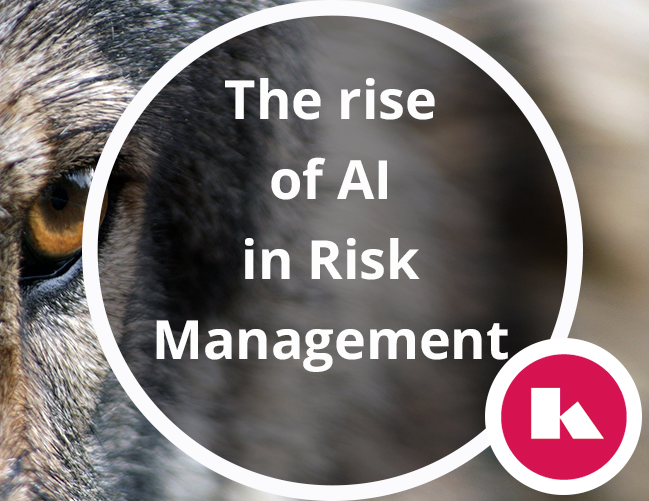Integrating AI and UX
How do you design for the magic that Artificial Intelligence can deliver? How can you incorporate the opportunities that the user will have, but he or she can’t imagine at the moment?
By now Kentivo has several years of experience in designing user-friendly solutions that are driven by A.I. In the meantime, we have optimized our own methodology to get us exactly that what we want: having users take a quantum leap upward with new technology.
Our solutions are based on combining the power of intelligent humans with smart technology and that is also the basis of our methodology.
“The methodology isn’t at all about waving a magic wand, it is actually very straightforward”
Let’s explain the four step we use to design a usable Machine Learning solution.
Step 1. Laying the foundation
The first step is taken together with the client, the UX designer, the A.I. specialist and the data scientist. Together we identify the target audience(s), develop persona’s to, amongst others, capture frustrations and goals and map the Customer Journey. Recognizable steps that lay the foundation.
Step 2. Explore UX design opportunities and hidden gems in data
With information from step 1 the AI side and the human side go their own way for just a brief period of time. As the UX designer works out a first draft of the User Experience design, the ML specialist and the Data scientist explore the opportunities created by data and algorithms.
Step 3. Enhancing the solution
With these results everyone gets back together in one room. There we let the magic happen! In this dynamic session we bring the best ideas and discuss all opportunities. We enhance both sides and bring the solution to the next level. Enriching the human interaction with the Artificial Intelligent potentials creates new ground-breaking possibilities. After this meeting everybody is excited and wants to get the new solution working as soon as is possible.
Step 4. Bringing the solution to live
Then the real work starts. The UX designer makes a detailed design and does, for example, guerrilla usability testing to streamline the user interaction. The front-end developer starts developing the basis. The ML specialist and the date scientist prepare the architecture, the data flow and algorithms. We use our own ML platform Genie to be able to quibble develop the solution. Difficult features are dissected at in-depth sessions.
During these steps we are all focussing on one goal: to get the solution as fast as possible to a test audience. This way we can train algorithms and discover enhancements and new opportunities in the UX in an early phase.
MANDY, The TeamSketcher and Product Life Cycle Advisor are example that have followed these four steps to success.
Recent Posts
Business

The rise of A.I. in Risk Management: A Game-Changer for Modern Businesses
Are you exhausted from navigating numerous challenges originating from inadequate information, contractual issues and...
A.I.

Mastering Marketing: The AI Advantage for Sales Success
We all see it coming, AI is changing the way we do business. But, except for generative AI tools like ChatGPT, it is...
Company

Hiring Kentivo can bring an Award
Hiring Kentivo can bringyou an Award: SLV has won the Shop Usability Award - the most important German e-commerce...
